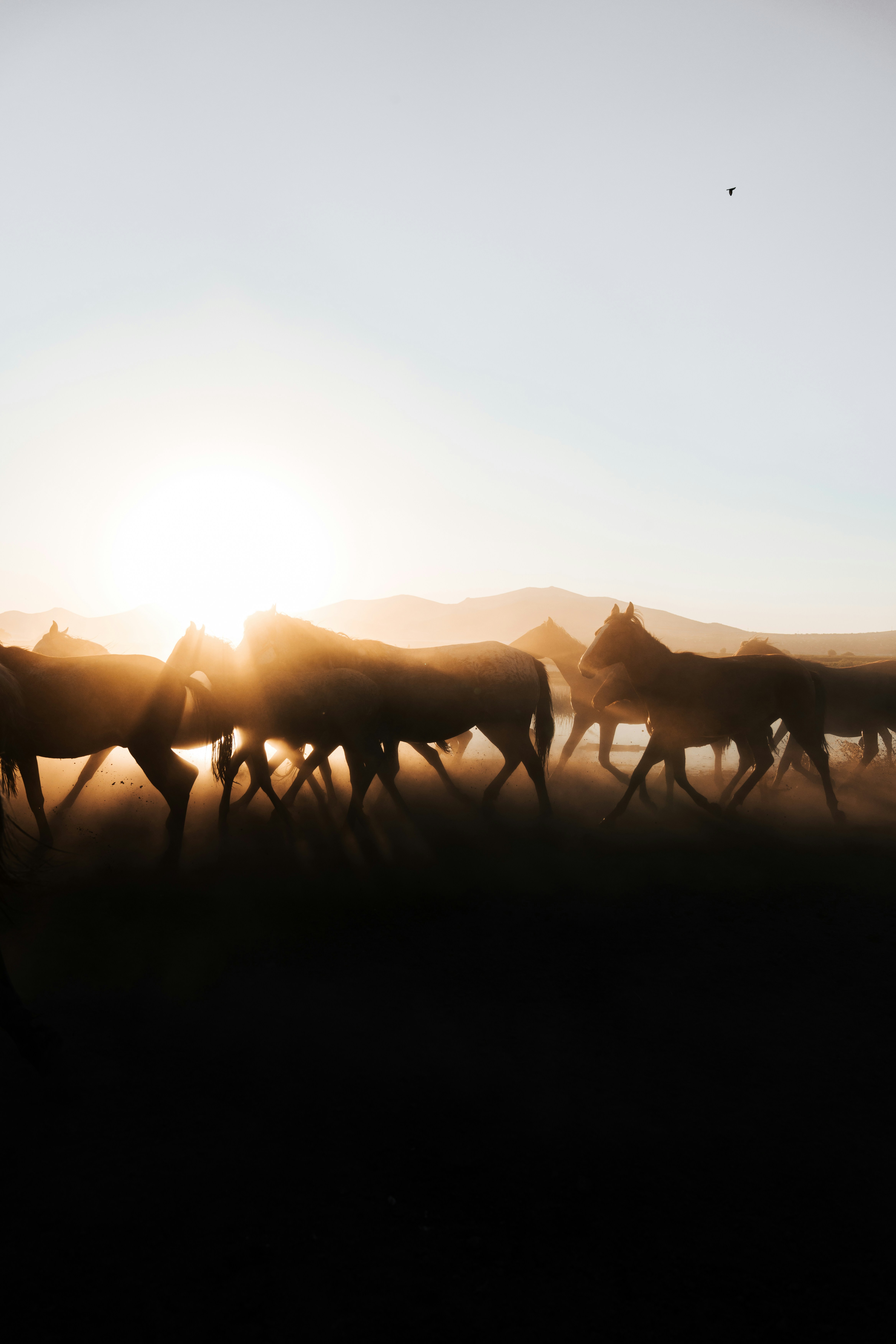Much like the libraries they reside in, academic books have a very classic image. To talk of academic libraries most people conjure up mental images of rows of books with slightly dusty covers, wooden panelling and a hushed atmosphere. Academic books are expected to be dry, serious tomes filled with long words and complicated ideas with pictures restricted to technical diagrams. And let’s not forget the stereotypical librarian and academic — both serious creatures who speak quietly and dress classically.
Yes, there are some academic libraries with wooden panelling and a hushed atmosphere holding beautiful stacks of books, large worn wooden tables and a distinct smell that brings a smile to any bibliophile’s face. And there are certainly dry academic titles with incredibly complex ideas held within their pages, best suited only to the avid reader. And yes, there will also be academics who by their nature are serious and quiet and well-dressed. Beyond that though, is an academic world of more variety and innovation and colour.
Anyone who has visited an academic library in recent times, particularly one that has been revamped and invested in, will know that an academic library is not just a place for quiet study anymore. No more librarians shushing students for coughing or breathing too loudly as the old stereotype suggests. Just as learning has evolved the library is now a multi-functional space for learners to collaborate and explore new ideas and concepts. Modern libraries are designed with learning at their heart with colour, light, and technology all playing their part. Librarians reflect these changes with their focus not just on crafting the perfect book and journal collections for their users but on how they can best support collaboration, learning, and technological advances in the space.
So what about academic books? What does a modern academic title look like?
Well, one thing we know is that they aren’t serious, text-heavy books. The academic world is diverse these days with academics studying everything from sexuality to vampires, from democracy to video games and titles reflect this. Images are increasingly important across many academic subjects.
Graphic Medicine
Graphic novels have bridged the gap between ‘comic’ and ‘academic’ and now serve as a format in their own right for graphic medicine. In this instance the pairing of academic research with a graphic novel format offers a softened narrative, weaving in the emotions and personal experiences that underlie all medical research. It brings the research to a more accessible place. This can be especially important for research in areas where there is expected to be a broad readership made up of medical professionals, researchers, patients themselves, and family members affected.
One such title is ‘Moving along — A co-produced graphic novel about Parkinson’s dance’ by Lisbeth Frølunde, Louise Phillips and Maria Bee Christensen-Strynø. This beautiful book is a graphic novel based on personal experiences of living with Parkinson’s Disease. More specifically it is around the value that movement and dance have for those with the disease. Written for use across the fields of arts and health, medical humanities, graphic medicine and narrative medicine, the format makes it an accessible title for the layperson as well where other medical texts may seem intimidating. Most importantly though the graphic images help to convey the movement and joy the book itself explores. It is hard to imagine words alone being able to capture the impact freedom in dance has on someone living with the restrictions Parkinson’s places on the body.
“Dancing brings joy, energy, and community, and thereby strengthens the will to live, all important when a chronic illness turns your world upside down.”
Moving along — A co-produced graphic novel about Parkinson’s dance
Film Studies
Another genre in which images hold value is film studies. In the past film studies may have been focused on classic films that students and researchers were expected to have already watched. These days though the sheer quantity of films produced around the world makes this implausible. In the US and Canada alone, the average is 600 films a year, and with streaming services and the increased use of language dubbing and captions more and more people are choosing to watch films that originate outside of their country and language. With such a vast repository of source material for academic study it is no surprise that genre studies are increasingly diverse.
One series ‘Genre Fiction and Film Companions’ seeks to provide accessible introductions to key texts within the most popular genres of our time. The latest title ‘The Deep’, edited by Marko Teodorski and Simon Bacon, explores the myths and legends of merfolk and sea monsters and our fascination with the sea, from mythological representations through to present-day visions. Consider how many films explore a relationship with the sea or the creatures that reside in it. From disaster films with a vicious, untamed sea, to the romance genre where the sea offers an escape, to fantasy films that offer up entirely new worlds to explore underwater. To expect a reader to have seen every film up for discussion would be unreasonable and yet to explore the nuances of a scene they need to have seen it, to have the same sense of panic or escape or wonder that the author has recognized. This is why images are so important. Even if a reader has never seen the film, a single image can share details with them about lighting, colour, and costume design, all of which play a part in the analysis of a film regardless of theme.
In addition, for the exploration of film and fiction genres such as ‘The Deep’ which crosses borders of both time and space, it is of the utmost importance to ground the analysis in the culture in which the film and story was created. The understanding of one mythological creature might differ between countries, and perhaps only by illustration can the reader truly understand the same and connect with it.
“The idea of ‘The Deep’ is as culturally specific as it is transcultural”
The Deep — A Companion
Art & Architecture
Similar needs can be found in art and architectural history titles. Excluding the most obvious reason — because art is a visual study — images are often essential for architecture titles. This importance is not just limited to, for example, needing an image of a building to accompany an exploration of the Baroque style. Much like with graphic medicine, images can make architectural history accessible to all. One example would be ‘Denmark in Britain — Architecture, Design and Lifestyle, 1945−1970’ by Bruce Peter. This title explores how Denmark’s national image in Britain was changed by the admiration of its modern architecture and design. Images help to tell the story of this design and clearly show what it was that the British critics and consumers desired. Without images, it would be hard to fully explore the sense of interest in Danish creativity that was felt in Britain at the time and indeed, make the reader feel that same interest.
“This is a splendidly lucid and readable book, a distinctive and a distinguished contribution to Nordic Studies.”
Colin Roth, Centre for Nordic Studies, University of Sheffield
For art history, there are also titles which explore art that is no longer valid or accessible. With a medium such as painting, perhaps with enough words a reader can paint their own picture in their mind of a piece of art. But what about mediums that are confined to history? What about something like ivory, which is now in modern-day considered to be untouchable as a piece of art? ‘Or blanc. Sculpture en ivoire, Congo et discours colonial sous le règne de Léopold II (1885–1909)’ by Sébastien Clerbois is a fantastic example. The book offers a global history of ivory as an art form but unlike other mediums, that many people have experience of seeing and touching, ivory is no longer accepted. Without images to support it, the discourse around such a medium could feel too grounded in the modern understanding of it. Providing images helps the reader to remove their modern mindset and fully embrace art as understood in the context and timeframe the book explores.
History
Bringing the reader back to the appropriate timeframe and setting the context for a title is hugely important for academic titles. Much like historical fiction needs to fully set the scene for the reader, academic titles need to connect their reader to the world they explore. This is never more true than when considering archival history. Peter Raina has recently published two titles under ‘Devolution of Power to Scotland, Wales and Northern Ireland: The Inner History’. Both volumes, ‘Tony Blair’s Cabinet Papers, 1997 Volume One, Devolution in Scotland and Wales’ and ‘Tony Blair’s Cabinet Papers, 1997 Volume Two, The Representative Government in Northern Ireland’ present the cabinet papers with commentary. It would be truly impossible to provide such a commentary without offering the Crown documents (reproduced under open license) for the reader to consider. More specifically though, the documents and the illustrations in the text connect the reader to the time they were created. They bring history to life and make understanding and critiquing the decisions made at the time more accessible to the reader.
“It is perhaps the most signal achievement of the era and this expertly curated collection on its genesis and evolution is unquestionably of permanent value.”
Professor Marc Mulholland, Professor of Modern History, Oxford
The Power of the Image
Perhaps it is an academic title itself that can summarize what imagery means in academic research? The Power of the Image in the Work of Lídia Jorge, edited by Nazaré Torrão and José Cândido de Oliveira Martins is a study of the image in the work of Lídia Jorge. Jorge herself has asserted several times that her writing takes a powerful and inspiring image as its starting point and this image concentrates the reflections and ideas explored through her texts. It can be considered that it is not just the images in the final text, for the reader, that hold importance, but also the images that inspire the author and drive them to explore ideas and share them with the world.
“Scholars point out that whenever language opens to universal images and mythologies capable of conveying visions of clarity, the subversive power of beauty is re-asserted”
The Power of the Image in the Work of Lídia Jorge
It is clear that the academic book, like the library and the librarian, has and continues to evolve. Words will forever remain the main tool of the academic but perhaps there is room for another set of tools, the illustrations, images, and photographs that support those words. Words might tell the story of the academic research but an image can tell the story of the world that built that research.











